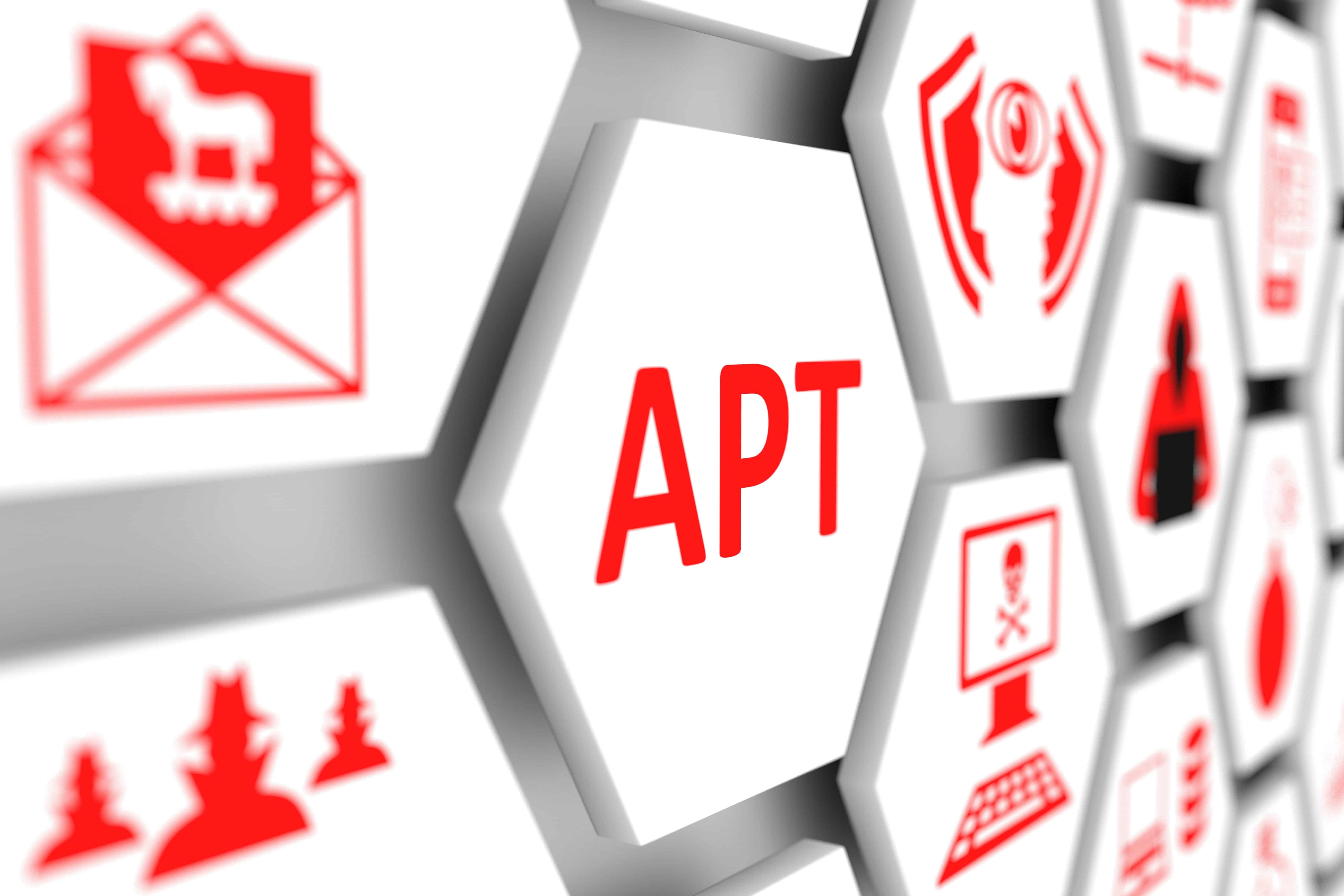A guide to advanced persistent threats (APTs), a highly sophisticated, highly destructive form of cyber attack.
What is an Advanced Persistent Threat (APT)?
“Advanced persistent threat” is a broad term used to describe a cyber attack where hackers covertly gain access to a system and remain inside it, undetected, for a significant period of time and to achieve a specific goal. Perhaps the most well-known example of an APT is the Stuxnet virus, which infected the Natanz uranium enrichment plant in Iran, slowly, silently, and gradually destroying centrifuges over a long period of time.

APTs are highly sophisticated, and the targets are carefully selected and thoroughly researched. They require significant financial resources and the participation of a group of skilled, experienced hackers, so they are usually launched by nation-states or very large organizations. The targets are generally government institutions, critical infrastructure, or very large private-sector enterprises.
The goal of an APT is usually cyberespionage: the theft of valuable intellectual property, sensitive data or communications or, in the case of a government target, classified information. APTs can also be used to steal cash from financial targets, execute full system takeovers or, as in the Stuxnet attack, damage or destroy systems or critical infrastructure.
Characteristics of an Advanced Persistent Threat
What makes an APT different from other cyber attacks?
- They are custom-tailored to be used against a specific organization for a specific purpose. Most attacks employ malware and methods that work pretty much the same way regardless of who the target is. APTs are designed from the ground-up.
- They’re not automated. An APT requires a lot of manual work.
- They’re not “hit and run” attacks; they unfold slowly, over an extended period. Once they infiltrate a system, hackers remain hidden inside, first carefully mapping the system and expanding their footprint, then exfiltrating as much data or doing as much damage as possible.
Advanced persistent threats unfold in stages:
Initial reconnaissance: A target is selected, and the goals of the APT are determined. A team with the appropriate skills is put together, and the target is researched to determine its strengths and weaknesses and to gather information for use in social engineering schemes. An initial infiltration plan is developed.
Infiltration: The target is compromised using malicious uploads, phishing or other social engineering schemes, and/or SQL or RFI injections. To distract security personnel and further weaken defenses, hackers may simultaneously launch a DDoS or another “smokescreen” attack.
Mapping and expansion: Once inside, hackers install a backdoor Trojan to ensure uninterrupted, covert system access. They poke around, exploring the system, mapping its infrastructure, locating the target, and determining the best way of getting to it. They will look for other vulnerabilities that can be exploited and to compromise employees with appropriate access levels.
Exfiltration/execution: The data theft or system damage commences. During the exfiltration process, they may employ another smokescreen to cover their tracks. Multiple attacks/thefts are conducted over a long period.
Detecting & Preventing Advanced Persistent Threats
By their nature, APTs are exceedingly difficult to detect; hackers go to great lengths to cover their tracks and use sophisticated, next-generation malware that evades antivirus software. Warning signs of an APT include:
- An increase in logins late at night or at other unusual hours. Hackers may be hoping to access the system at times when no one is around.
- Unexpected data bundles. Hackers often steal data piecemeal, storing it in another part of the system until they have amassed enough to exfiltrate it.
- Large data flows, to other parts of the system or to external sources, that significantly deviate from the norm.
- Lots of backdoor Trojans.
- Spear phishing attacks aimed at high-level employees. This is a red flag that an APT is being planned or is already underway.
Visibility across the enterprise IT environment, including the network and all endpoints, is key to preventing advanced persistent threats. Enterprise networks must be continuously monitored to establish a baseline for system activity and enable security personnel to detect aberrations from that norm. Other preventative measures include:
- Keeping all systems and software up-to-date.
- Filtering incoming emails.
- Improving endpoint security using methods such as 2FA and VPNs.
- Protecting web applications against attacks such as XSS and SQL injections.
- Training employees on basic cyber hygiene, including how to spot phishing and other social engineering schemes.
The cybersecurity experts at Lazarus Alliance have deep knowledge of the cybersecurity field, are continually monitoring the latest information security threats, and are committed to protecting organizations of all sizes from security breaches. Our full-service risk assessment services and Continuum GRC RegTech software will help protect your organization from data breaches, ransomware attacks, and other cyber threats.
Lazarus Alliance is proactive cybersecurity®. Call 1-888-896-7580 to discuss your organization’s cybersecurity needs and find out how we can help your organization adhere to cybersecurity regulations, maintain compliance, and secure your systems.




Related Posts